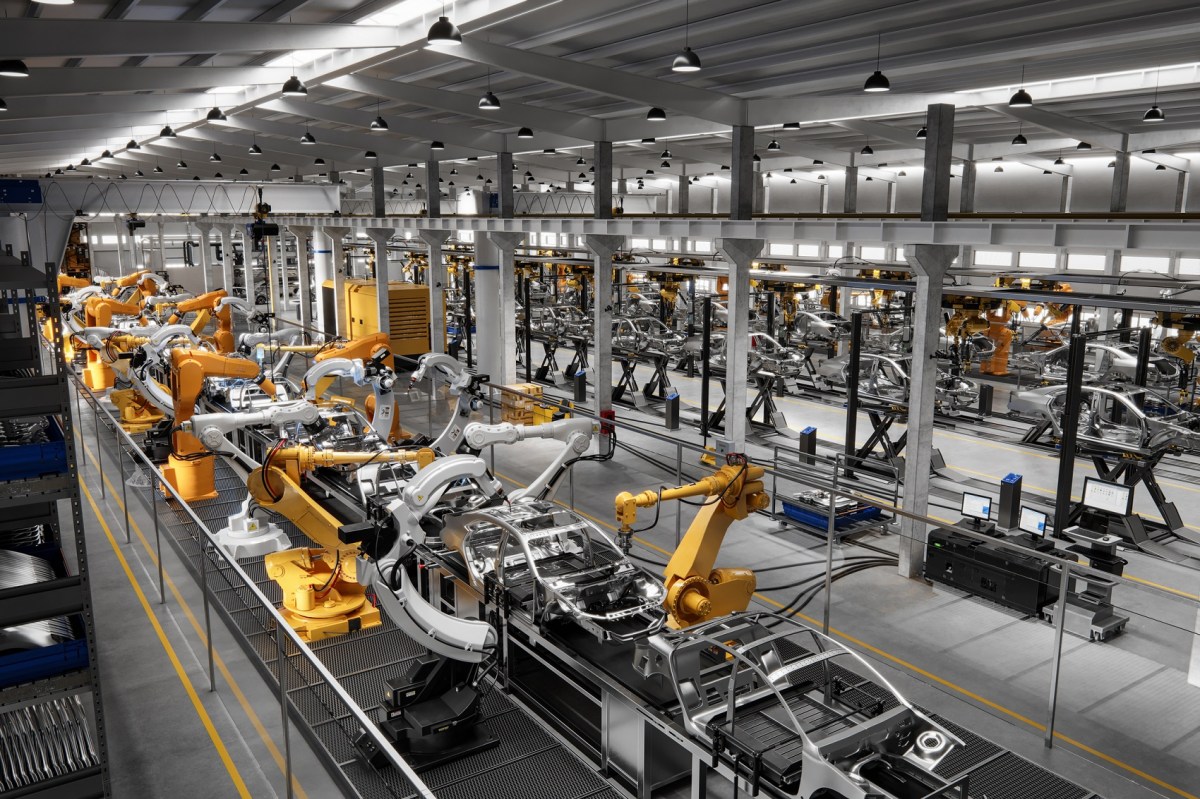As we quickly approach the three-year mark since the influx of the pandemic, supply chain issues are still being felt on a global scale. Although most production facilities around the world are up-and-running again, the knock-on effects of the pandemic continue to ripple out. Shifts in consumer buying behaviour and patterns of demand, combined with the ongoing impact of delays throughout the global supply chain contributing to shortages in transport and labour, have led to complexities with the production of goods across industries.
If the last two years have been any indication, these challenges will not be resolved overnight, and supply chains will likely continue to remain under immense pressure well into 2023.
So, what have we learned during this live test of global supply chains about how to mitigate the impact of these challenges? And how can businesses maintain production levels and help ensure continuity for their customers?
The current state of play in manufacturing
The pandemic saw lockdowns lead to a global shift in consumer spending habits. In Australia for instance, data shows that 5.5 million people shop online in any given month. This change in purchasing patterns took many suppliers by surprise and put the manufacturing industry in the spotlight as it struggled to work through the backlog of orders. To combat the sudden shift in behaviour, manufacturers made changes to their supply chain and manufacturing processes during the first year of the pandemic.
Today, as we quickly approach the busiest period of the year for the manufacturing and retail sector, the latest data from the Australian Bureau of Statistics shows that more than two-thirds (68%) of businesses are still experiencing supply chain disruptions.
With ongoing challenges in mind, retailers are looking for manufacturing partners who can deliver smart solutions that will succeed amid the complexities of the current environment.
The right technology and devices to streamline manufacturing efficiencies
Keeping up with customer demands for products requires constant improvements to productivity in the manufacturing industry. The equipment and technology used in manufacturing play a crucial role in this productivity process. Having outdated, damaged or unprotected technology can potentially escalate into idle staff and missed deadlines.
One of the most important devices in manufacturing environments is the printer, which is used for everything from printing labels to guiding processes. The best products offer steel frames and robust paper feeding systems that can reliably handle diverse media types and sizes to support heavy-duty use and a long life in even the harshest environments. Your printing infrastructure must be robust enough to handle the most rugged of warehouse environments.
Innovations in hardware part replacement and accessibility, such as magnetised doors that can be replaced without the help of a technician, can also help manufacturers resolve physical damage quickly to keep production moving and keep products coming for their retail customers.
All-in-one labelling solutions that streamline stock needs
Some companies use pre-printed colour label stock for every combination of pictogrammes required for creating proper labels, but there’s a better way. With colour printing, manufacturers and their customers can use blank label stock to print complete GHS labels when and where needed, eliminating the inventory tasks for managing pre-printed stock combinations.
Remote management for business continuity and production flow
One flow-on effect from the pandemic has been an increase in distributed manufacturing, whereby to combat the effects on global supply chain issues and optimize product supplies and efficiencies, there’s been a shift towards increasing the number of goods manufactured closer to the customer.
However, remote device management innovations have also been key to driving efficiencies in manufacturing. The ability to manage devices remotely remains crucial during times of significant disruption – whether that’s a global pandemic or simply staffing changes. If devices are connected via cloud platforms, many services can be delivered without technicians being physically on-site.
Preparing for what’s next
A close working partnership between technology companies, channel partners and retailers, driven by customers’ needs today, can help mitigate the current supply chain challenges and provide the confidence boost to face any further unexpected challenges coming down the line.
John F Linton is global industry director for manufacturing and supply chain at Lexmark.

